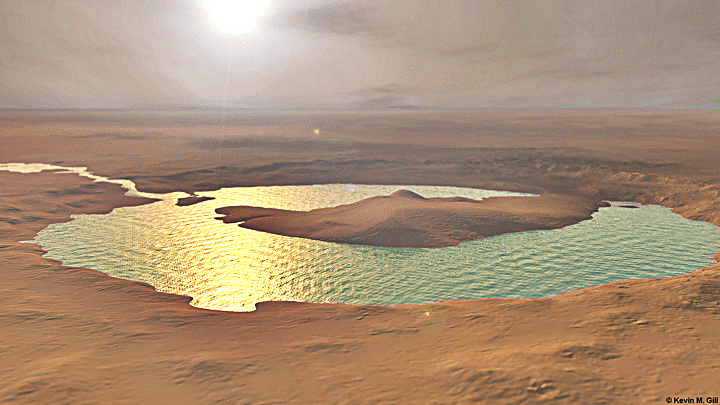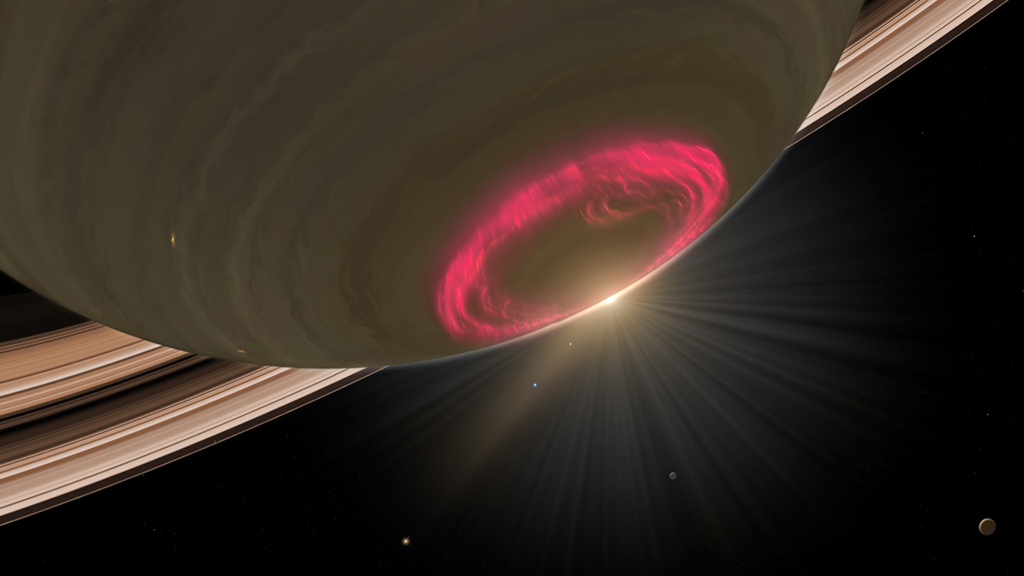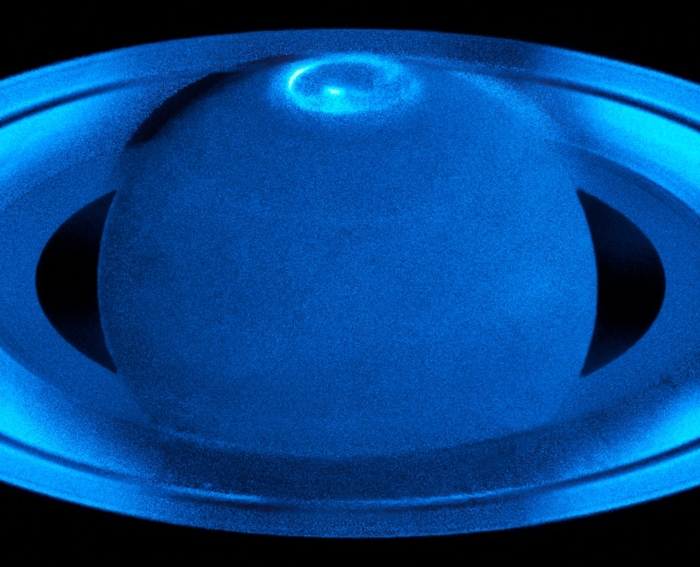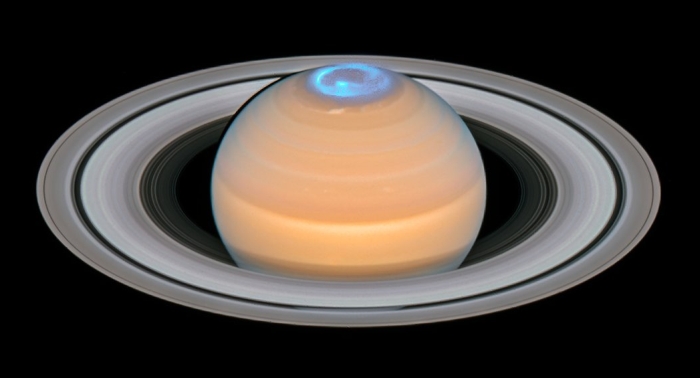The Hubble
Space Telescope has captured series of stunning photos of Saturn, showing the
planet’s spectacular and breathtaking auroras over a period of seven months in
2017. On Earth, auroras are generated by solar winds, which interact with
charged particles mainly protons and electrons in our magnetosphere.
These
charged particles then rain into the ionosphere and travel along the planet's
magnetic field lines to the poles, whereby lights occur in the night sky, as
other particles such as oxygen and nitrogen interact with each other. The
space-based telescope use Space Telescope Imaging Spectrograph to study
Saturn’s auroras in its northern hemisphere before and after the summer
solstice. As previous Hubble observations of Saturn’s auroras revealed the
presence of radio wave activity which is also associated with Earth auroras.
The Hubble
team states that:
“The variability of the auroras is influenced by both the solar wind and the rapid rotation of Saturn, which lasts only about 11 hours. The northern aurora displays two distinct peaks in brightness -at dawn and just before midnight. The latter peak, unreported before, seems specific to the interaction of the solar wind with the magnetosphere at Saturn's solstice.”
Other
planets have auroras too such as Jupiter, Saturn, Uranus and Neptune, also some
exoplanets show some evidence of auroral activity. However, auroras are unique
to each planet for instance Jupiter’s permanent aurora is not caused by solar
wind but some mysterious mechanism yet to be discovered.
And while
Saturn's main auroral ring seems to be solar wind-generated, there are patches
of it that are not, which is still a mystery.




Post A Comment:
0 comments: